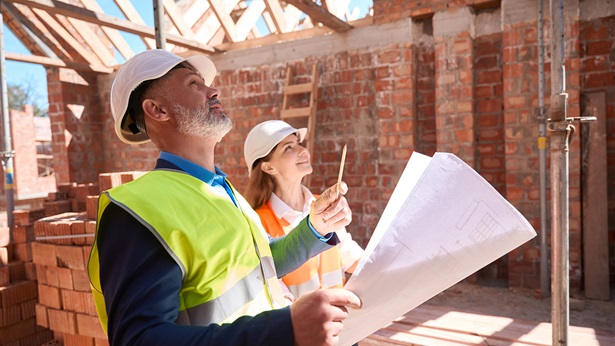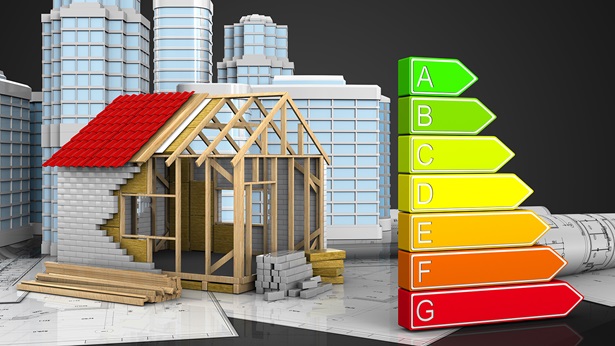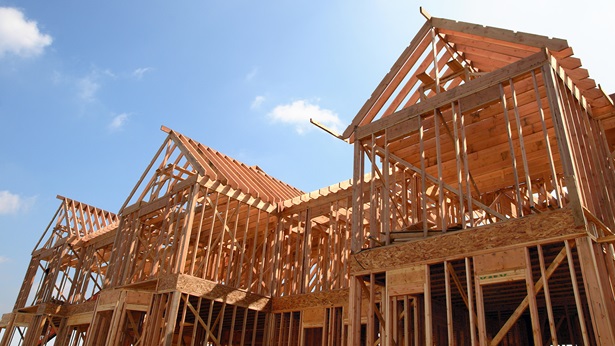NAHB’s Blueprint to Address the Housing Affordability Crisis
A 10-Point Housing Plan
With a nationwide shortage of roughly 1.5 million housing units that is making it increasingly difficult for American families to afford to purchase or rent a home, NAHB provides this 10-point housing plan to help tame shelter inflation and ease the housing affordability crisis by removing barriers that hinder the construction of new homes and apartments.
Shelter inflation continues to rise faster than overall inflation. For the past year, more than half of overall inflation in the economy has been due to rising housing costs. The only way to effectively tame shelter inflation — particularly with elevated interest rates for both mortgages and development/construction loans — is to build more attainable, affordable housing.
With policymakers at all levels of government looking for ways to provide more affordable homeownership and rental housing opportunities for all Americans, NAHB is offering a plan that outlines initiatives that can be taken at the local, state and federal levels to address the root of the problem — the impediments to increasing the nation’s housing supply.
- Eliminate excessive regulations;
- Promote careers in the skilled trades;
- Fix building material supply chains and ease costs;
- Preserve energy choice for home heating and appliances;
- Overturn inefficient local zoning rules;
- Alleviate permitting roadblocks;
- Adopt reasonable and cost-effective building codes;
- Reduce local impact fees and other upfront taxes associated with housing construction;
- Make it easier for developers to finance new housing; and
- Update employment policies to promote flexibility and opportunity.
NAHB delves further into these issues below.
Resources exclusively for state and local associations related to NAHB’s Housing Plan.

Eliminate Excessive Regulations
Regulations account for nearly 25% of the cost of a single-family home and more than 40% of the cost of a typical apartment development. Policies at all levels of government are needed to ensure agencies consider the true effect of regulations on small businesses.

Promote Careers in Skilled Trades
There’s a monthly shortage of roughly 200,000 construction workers, and builders will need to add 2.2 million new workers over the next three years to keep up with demand. Policymakers should support funding for construction trades education and provide more placement services to job seekers.

Fix Building Material Supply Chains
The cost of building materials has surged 43% since the pandemic, compared to a 23% increase in inflation over the same time period. This outpaced price appreciation for key inputs to residential construction raises the cost to construct a home and exacerbates the nation’s housing affordability crisis.

Preserve Energy Choice for Home Heating and Appliances
Mandates to ban or limit the use of natural gas furnaces, water heaters, stoves or other appliances would add thousands of dollars to the cost of a home, limit consumer freedom, and take important design and lifestyle decisions out of the hands of American families.

Overturn Inefficient Zoning Rules
Inefficient land use policies make it harder and more expensive to build. Localities need to rework ineffective zoning plans, and provide more options, such as reducing minimum lot sizes, allowing more accessory dwelling units and promoting missing middle housing (e.g., townhomes and duplexes).

Alleviate Permitting Roadblocks
Permitting delays at all levels of government delay housing projects and raise construction costs. Localities need to make it a priority to avoid needless bottlenecks in their approval processes. One easy solution is a time limit on how long the government has to either approve or deny a permit.

Adopt Reasonable and Cost-Effective Building Codes
Studies have shown that building to the 2021 IECC can add as much as $31,000 to the price of a new home and require up to 90 years for a home buyer to realize a payback. That’s not a reasonable trade-off and would not provide meaningful energy savings.

Reduce Local Impact Fees and Other Upfront Taxes
The home building industry agrees that some impact fees are necessary to cover the costs of increased public services for new home developments. However, lawmakers must impose impact fees fairly with the cost to the home buyer in mind.

Make it Easier for Developers to Finance New Housing
Fannie Mae, Freddie Mac and the Federal Home Loan Banks should be encouraged to support a secondary market for AD&C financing that would expand financing options for builders to increase the housing supply.

Update Employment Policies to Promote Flexibility
The current patchwork approach for builders to determine worker status, calculating overtime pay and prevailing wages creates, and documenting employment status creates unnecessary burdens and disincentivizes housing production.



